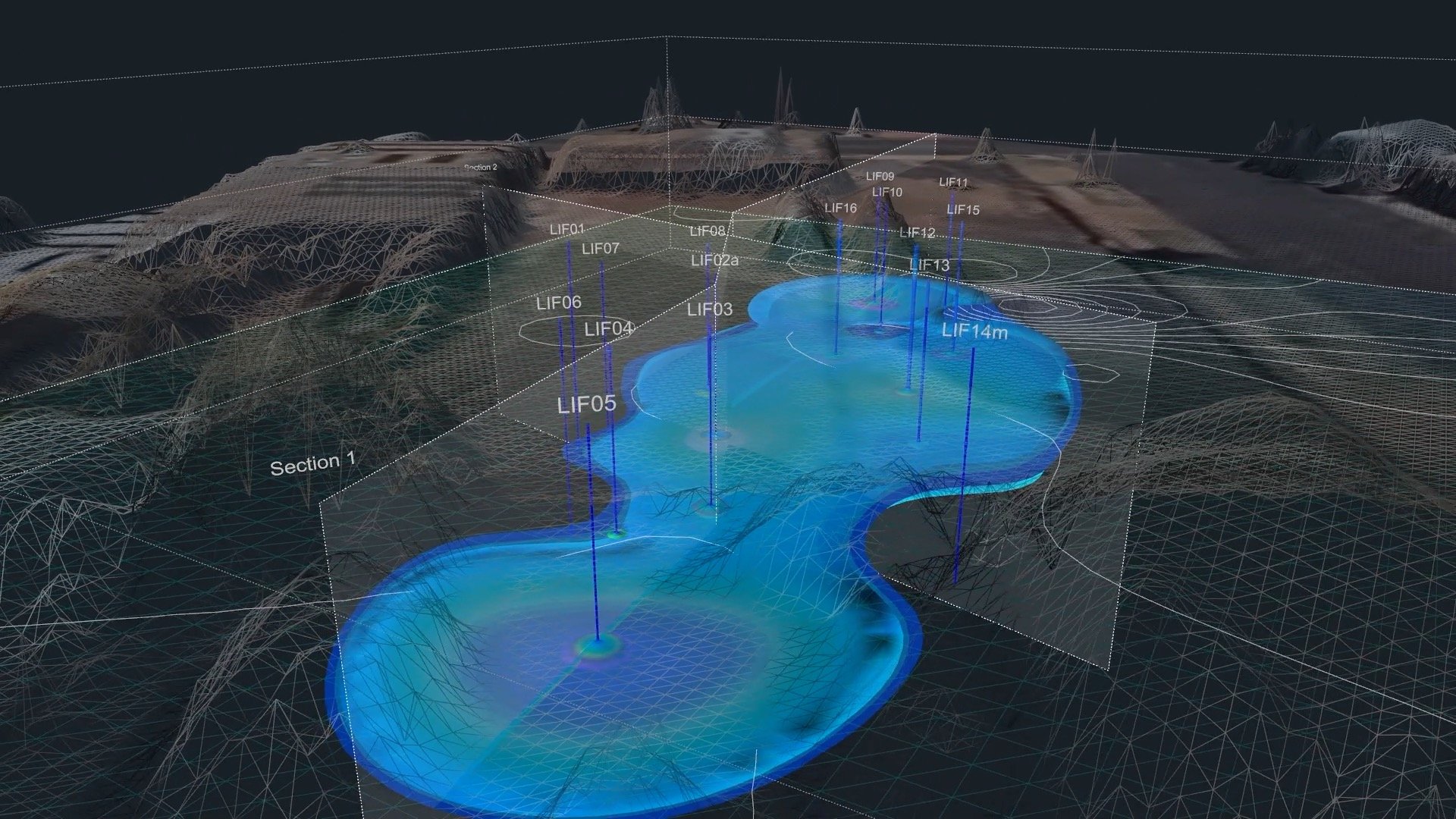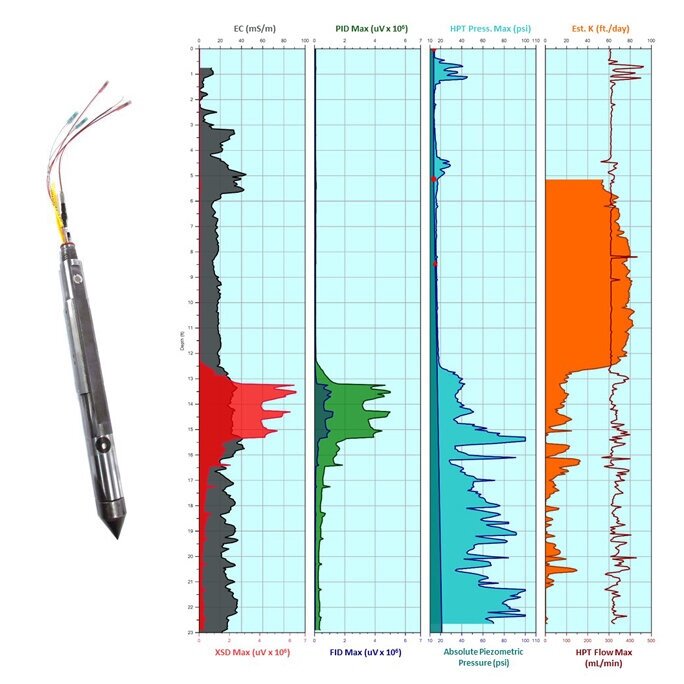
High-Resolution Site Characterisation (HRSC)
Inefficient site management strategies are typically associated with ill-defined conceptual site models which do not properly address the heterogeneity and complexity of hydrogeological systems and environmental contamination phenomena.
By using scale-appropriate measurements to define subsurface characteristics and the distribution of contaminants, organisations can make informed decisions and implement more cost-effective and sustainable management strategies.
Benefits of utilising Direct Sensing tools
Rapidly improve conceptual site models with high-resolution data.
Develop adaptive field plans in real time and make the most of your time in the field.
Move complex sites forward confidently to remediation and closure.
Engage stakeholders with accurate and empowering visualisations.
Combine both MiHPT and UVOST according to your project objectives.
No need to choose between one tool or another, we always mobilise both at the same flat rate.
Compared to conventional methodologies, direct sensing tools typically lead to significant cost savings due to the following factors:
Minimal investigation-derived waste (IDW).
Reduction in the number of laboratory analyses.
Less field campaigns to ‘fill gaps’.
Optimisation of remediation and monitoring systems.
Better control of health, safety, and financial risks.
High-resolution hydrostratigraphic characterisation and real-time delineation of volatile organic compounds (VOCs) by combining the Membrane-Interface Probe (MIP) and the Hydraulic Profiling Tool (HPT).
Laser-Induced Fluorescence (LIF) technology for rapid, real-time delineation of petroleum LNAPL source zones.
Direct Image Visualisations
There is no more powerful way to present information to stakeholders and design cost-effective and sustainable remediation options.
DEBATE ON CHALLENGES AND OPPORTUNITIES FOR HRSC AND NEW TECHNOLOGIES
Legion Drilling organised this conversation between contaminated land specialists from Australia, Brazil, Canada and USA in July 2021.
It is part of our series of webinars on advanced site characterisation and remediation.
Definition of Direct Sensing Tools
Direct sensing tools measure the parameter of interest through direct contact or precise, discrete sampling and are typically deployed using direct-push technology. The Hydraulic Profiling Tool (HPT) is used for hydrostratigraphic characterisation of unconsolidated formations, including the identification of preferential migration pathways, low-permeability zones, and the estimation of hydraulic conductivity values. The Membrane-Interface Probe (MIP) delineates volatile organic compounds (VOCs) at centimetre scale, while Laser-Induced Fluorescence (LIF) tools such as the Ultra-Violet Optical Screening Tool (UVOST) provide information about the presence and characteristics of non-aqueous phase liquids (NAPLs). Additionally, the Membrane-Interface & Hydraulic Profiling Tool (MiHPT) combines the MIP and HPT and thus incorporates sensors for both contaminant detection and hydrostratigraphic investigation in only one probe.
Direct sensing tools are screening tools used to rapidly and efficiently detect the presence of contamination and characterize subsurface conditions. These tools provide high-resolution subsurface hydrostratigraphic and contaminant data to improve the CSM, which allows a site or project to progress more rapidly toward cost-effective clean-up or closure. MiHPT and UVOST direct sensing tools are qualitative or semi-quantitative. Data generated with these tools can be used to guide and complement the application of more costly conventional methods, thus reducing the project costs over its full life cycle. Direct sensing tools can significantly improve a site CSM as well as help in the development of a more robust remedial design that addresses contaminant mass distribution, heterogeneity, and hydraulics by aiding in the understanding of subsurface characteristics, exposure pathways, processes affecting fate and transport of contaminants, and intervals for optimal injection of remedial amendments.












The next presentations will be dedicated to MiHPT (Membrane-Interface & Hydraulic Profiling Tool) and UVOST (Ultra-Violet Optical Screening Tool), two direct sensing tools that have revolutionised the way we investigate contaminated sites thanks to their high resolution and real-time visualisation capabilities.